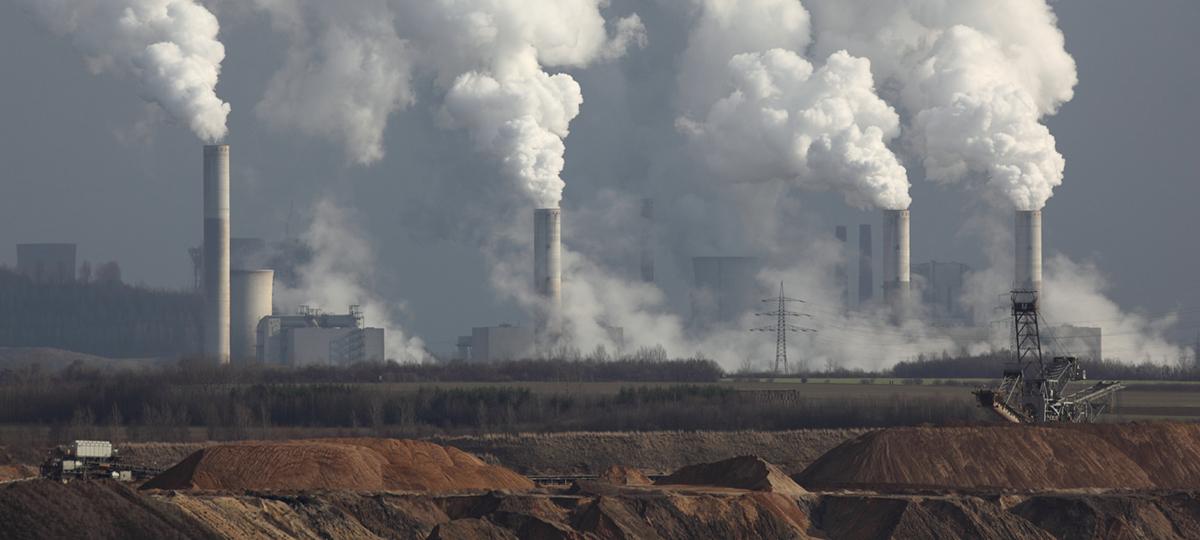EPA Addresses Potential of Biomass
Blogger’s Note: The Clean Power Plan was implemented on August 3, 2015 by the EPA. The Clean Power Plan finalized new rules, or standards, that will reduce carbon emissions from power plants for the first time. As a result, new focus is being placed on biomass as a fuel source for renewable energy systems like biomass gasification . Recently, the EPA addressed the potential of biomass and is planning a workshop on land and forest management for responsible biomass production. Biomass Magazine recently published an article on this attention and workshop in their article “EPA addresses biomass in Clean Power Plan, plans workshop”.

Janet McCabe, U.S. EPA acting assistant administrator for the Office of Air and Radiation, has published a blog that addresses the potential role of biomass in the Clean Power Plan, and announced that the EPA will hold a workshop on the topic early next year.
Since the Clean Power Plan was issued, states and stakeholders have shown a strong interest in the role of biomass to help hit targets, McCabe said, and many states are seeking to understand how to craft plans that will be federally approvable under the final CPP guidelines. “To respond to this interest and to support state and stakeholder efforts to incorporate bioenergy in their CPP plans, we will be holding a public workshop in early 2016 for stakeholders to share their successes, experiences and approaches to deploying biomass in ways that have been, and can be, carbon beneficial,” McCabe wrote. “Biomass derived from land that is managed under programs that ensure the long-term maintenance of healthy forests can serve as an integral part of a broader forestry-based climate strategy, so the CPP expressly includes bioenergy as an option for states and utilities in CPP compliance. It reflects the fact that, in many cases, biomass and bioenergy products in the power system can be an integral part of state programs and foster responsible land management and renewable energy.”
In the blog, McCabe emphasizes state flexibility as being a key component of the CPP, and points out that many already have expertise in sound carbon- and GHG-beneficial forestry and land management practices. “The CPP’s flexibility will give states the ability to build in approaches to biomass and bioenergy unique to their forests and land management programs and policies. It recognizes the importance of forests and other lands for climate resilience—in addition to the carbon benefits of biomass—fostered by a variety of land use policies, renewable energy incentives and standards, and GHG strategies.”
The final CPP creates a pathway for states to use biomass as part of their plans to meet their emission reduction guidelines, according to McCabe. She said EPA expects many states to include biomass as a component in their state plans. “We look forward to reviewing plans that incorporate well-developed forestry and other land management programs producing biomass that can qualify under the guidelines laid out in the CPP, and we are confident that the CPP offers sufficient lead time and flexibility for states to develop approvable programs.”
Key goals of the workshop, the date of which was not announced, will be to provide an opportunity for states with well-developed forestry and land management practices to share their experiences, and to “foster a constructive dialogue about how states can best include biomass in their compliance plans if that is a path they choose to follow.”
McCabe added that the workshop will showcase the constructive compliance approaches many states are already implementing or developing, and as the first step to prepare for the event, EPA will be reaching out to key stakeholders to get ideas on the agenda.



